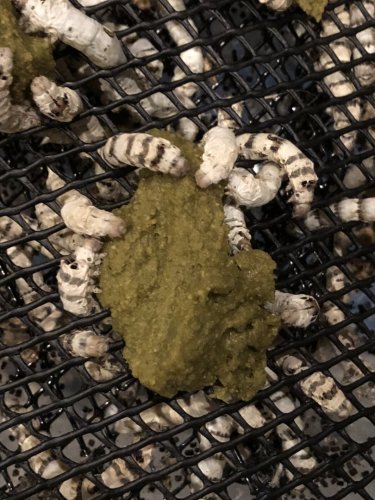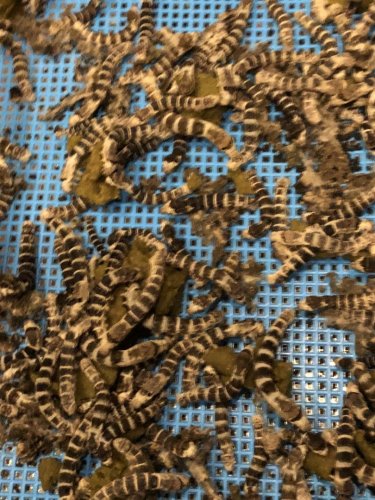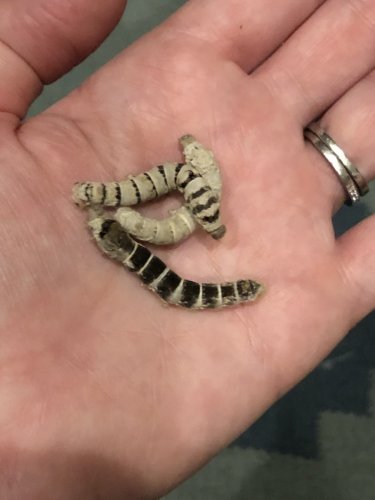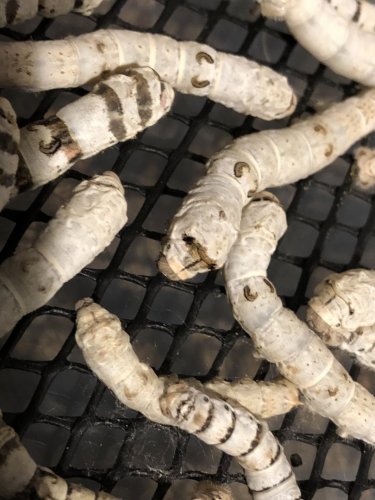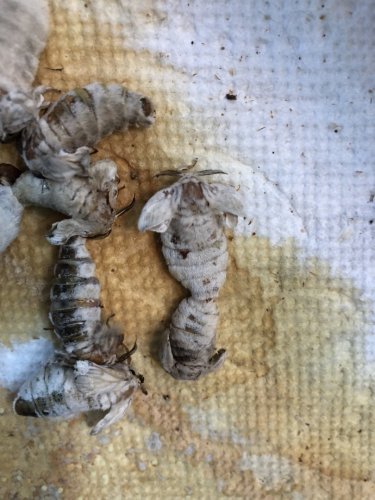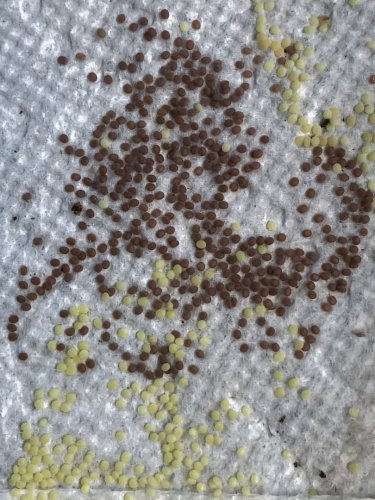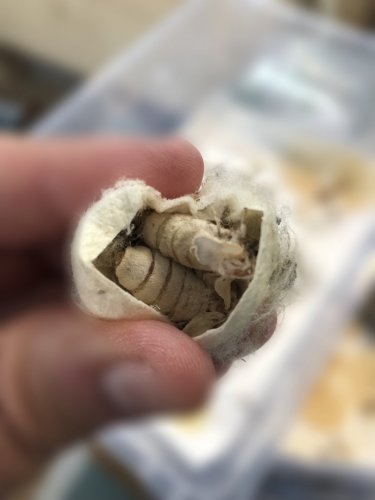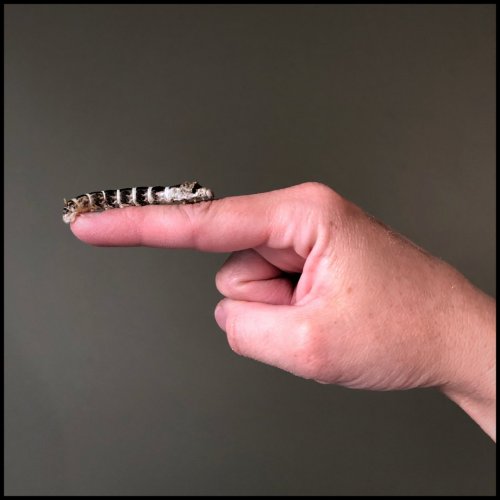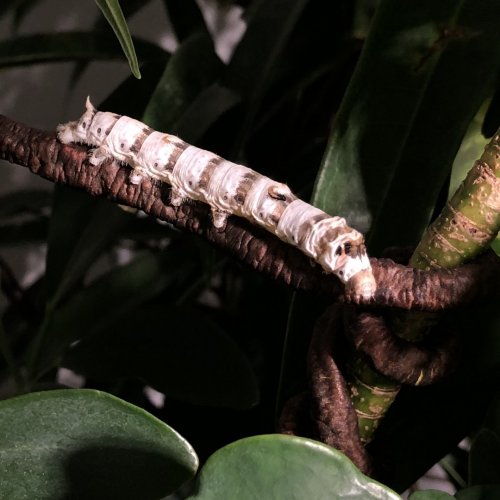snitz427
Chameleon Enthusiast
I wonder if a handful of springtails could be kept with the silks to take care of mold?
I havent had any issue until this time around. It started in those stupid petri dishes and now I cant shake it. So far this colony is doing ok but still seeing mold spores. So word to the wise is skip thr petri dish!



